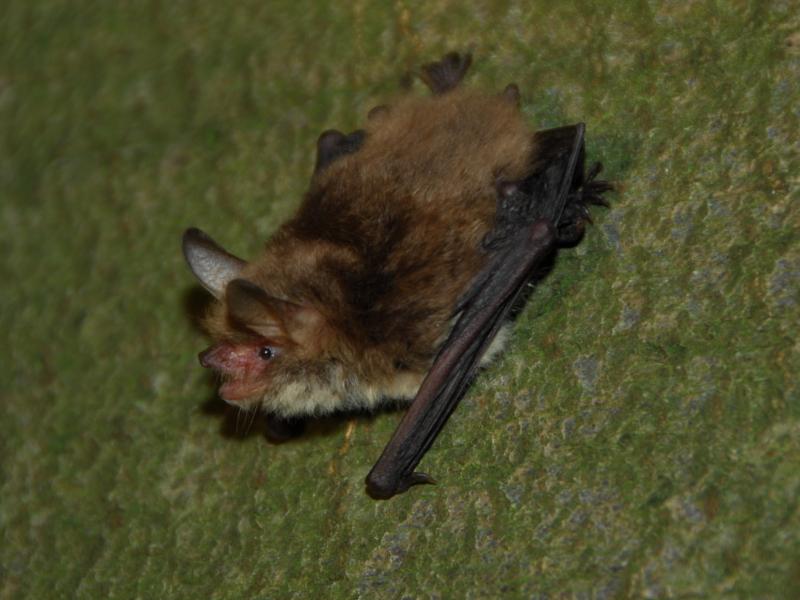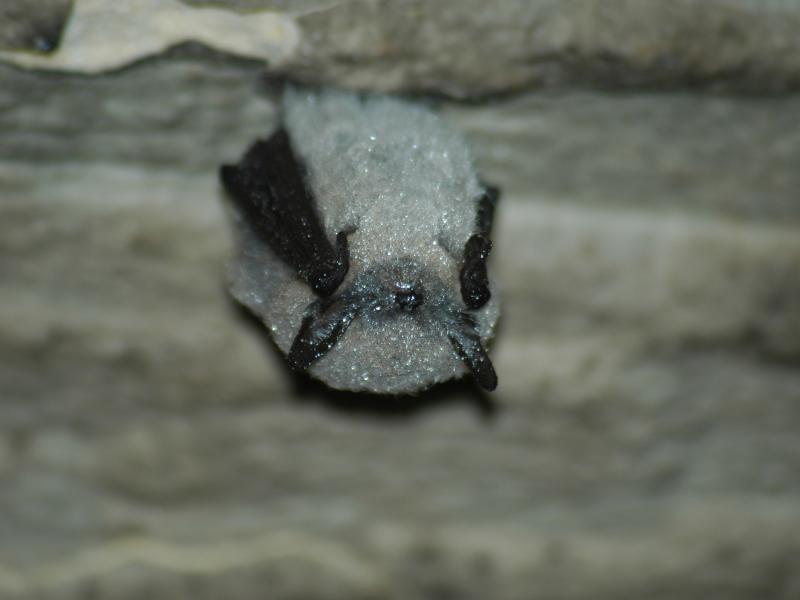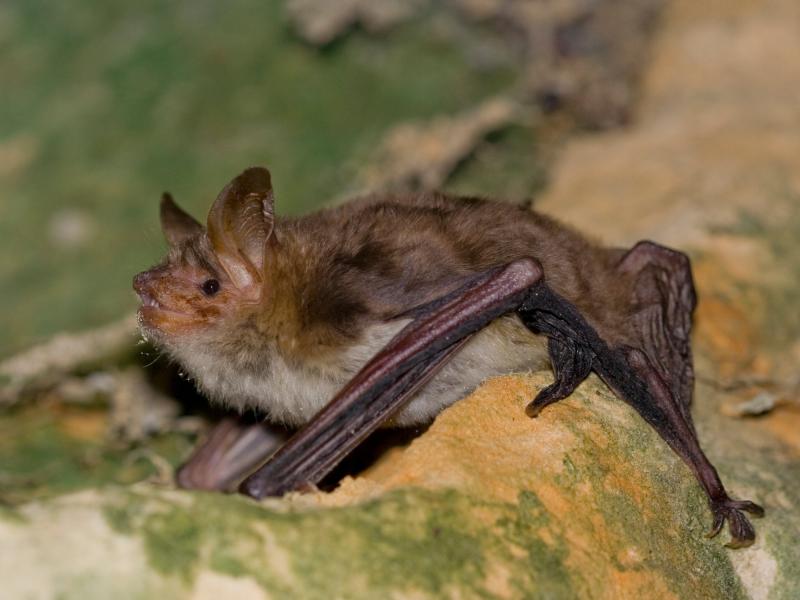Hibernating bats at Klein Heidekamp (Schaarsbergen, Arnhem, the Netherlands)

Abstract: The Klein Heidekamp complex is a military encampment functionally connected with the Deelen air force base, north of Arnhem, the Netherlands. Bats hibernate here in two rather large cellars (670 and 375 m3), in the remains of a destructed large building, and in two smaller sites (120 and 56 m3). Bats were surveyed here for the first time in 1982, when 81 animals were found while only the largest cellar was accessible. Since 1988 all four sites could be inspected and the total number of bats increased steadily to more than 1000 in cold winters with 1580 as a maximum. On average more than 890 bats have been counted here annually over the last five winters (2016- 2020). The dominating species by far is Daubenton’s bat (Myotis daubentonii) with Natterer’s bat (M. nattereri) as a runner-up from zero in the first winters to a level of around 300 in the past five years. The presence of two specimens of pond bat (M. dasycneme) during the first visit in 1982 made Klein Heidekamp the second known hibernation locality of this species in the Netherlands outside the marl quarries in the south of the province of Limburg. The number of pond bats increased to around 60 animals annually in recent winters. Whiskered bat (Myotis mystacinus/ brandtii) was represented yearly by less than ten specimens over the whole period. Brown long-eared bat (Plecotus auritus) usually counts up to less than 20 animals with more than 30 as an exception. Solitary specimens of greater mouse-eared bat (M. myotis) occur here on rare occasions. Being situated within a military settlement the location is fenced in and well-guarded, hence it is a safe hibernaculum for the highest numbers of bats in the province of Gelderland.





